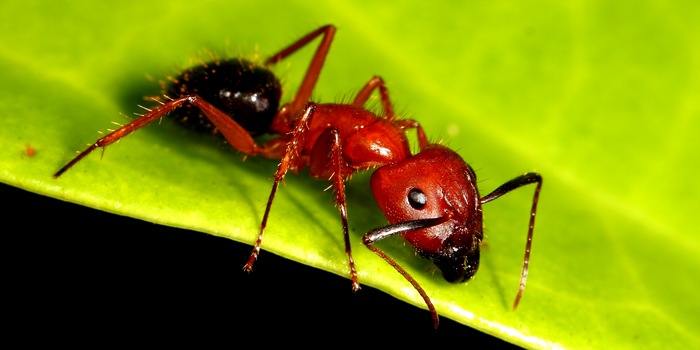

Ants deliberately amputate the legs of conspecifics
Some ants act as surgeons. If a fellow ant's leg is wounded, they bite it off in order to save the life of their colleague. They adapt the treatment depending on the type of injury.
The experts explain this as follows: If the lower leg is wounded, the bacteria penetrate the body very quickly. The ants "know" that there is little chance of salvation in the event of an amputation in this case and prefer to invest time in intensive cleaning. In the case of a thigh injury, however, the haemolymph flow is impaired, meaning that pathogens spread more slowly, leaving more time for amputation.
Spectrum of science
We are partners of Spektrum der Wissenschaft and want to make well-founded information more accessible to you. Follow Spektrum der Wissenschaft if you like the articles.
Original article on Spektrum.deExperts from science and research report on the latest findings in their fields – competent, authentic and comprehensible.
From the latest iPhone to the return of 80s fashion. The editorial team will help you make sense of it all.
Show all